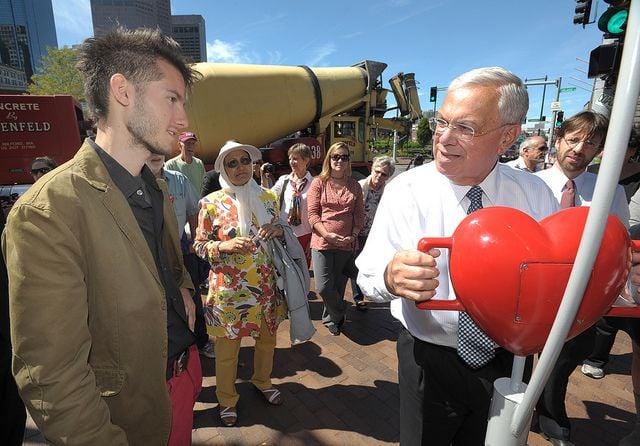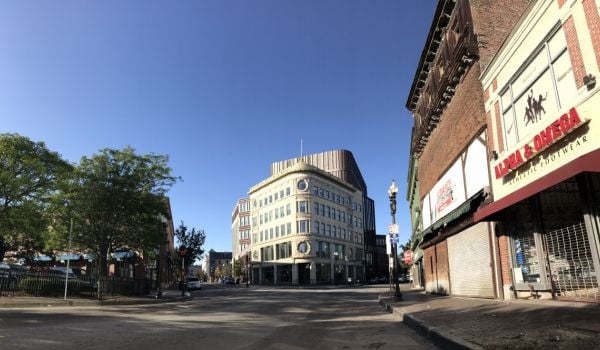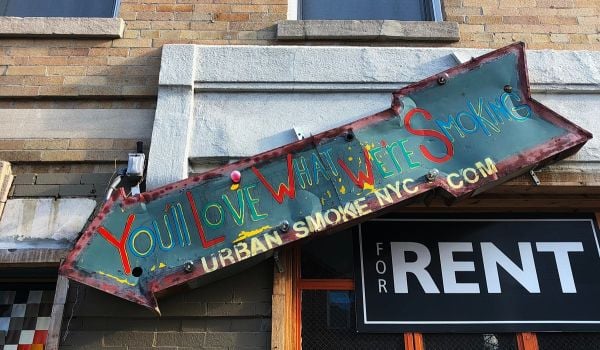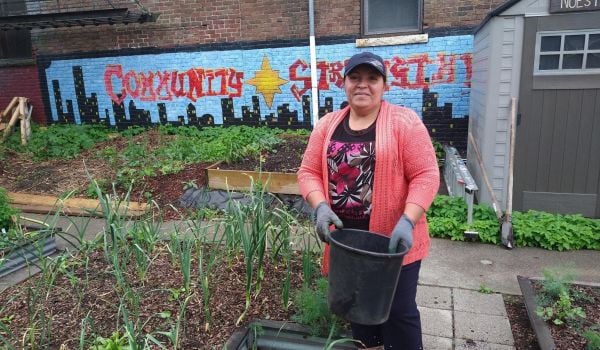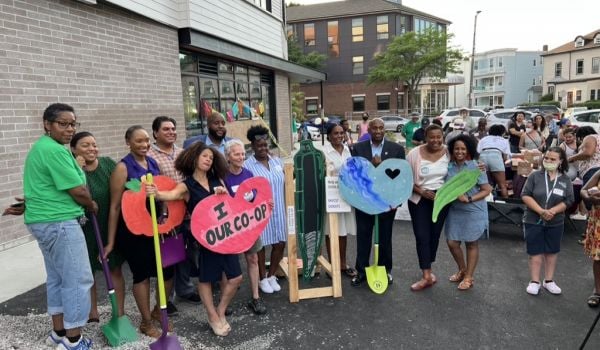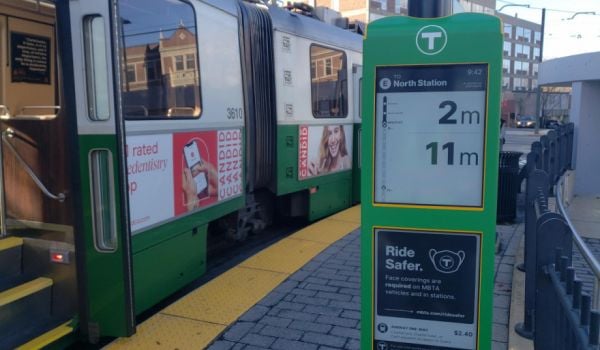Boston has a heart. Indeed, it now has five of them.
Pulse of the City is a new public art installation up and running in the city. About the size of a parking meter, these big red hearts encourage passersby to grab a hold of their handles. The machines then measure the pedestrians’ heart rate and spit back minute-long electronic music compositions matched to the same number of beats per minute.
“Cities are so full of overstimulation and stress,” artist George Zisiadis, Pulse of the City’s lead designer, has said. “I want to help pedestrians take a moment to playfully reconnect with themselves, to listen to their bodies.” (Though it might be even more playful to match BPMs with songs from Boston musicians. New Kids on the Block? Aerosmith? Boston?)
Pulse of the City is art, mostly, not that there’s anything wrong with that. The project is being done in partnership with Boston’s in-house innovation shop called the Office of New Urban Mechanics, as well as the Boston Transportation Department and local design shop Zebbler Studios.
“Everyone loves public art,” says Nigel Jacob, co-director of New Urban Mechanics. But Pulse of the City’s ambition is greater than that. For one thing, the installation is meant to encourage locals and visitors alike to take a reading of how the city affects their internal lives. It’s one thing to sense that stepping off the T raises your heart rate. It’s another thing to have that fact made manifest in music.
But there’s an external purpose, too, and that’s to give people a concrete experience in shaping the landscape around them. “The goal,” Jacob says, “is getting people to rethink how they interact with the built environment.”
The installation grew out of San Francisco’s Urban Prototyping festival last October, where Zisiadis and Boston’s New Urban Mechanics met up. The event was a celebration of tactical urbanism, as in small targeted strikes aimed at demonstrating, with minimal risk, how a city could work with a little added imagination.
Where urban prototyping goes beyond tactical urbanism is by mixing in immediacy. Taking a page out of the agile software development movement, urban prototyping encourages participants to dream up new improvements to their city and then build them, quickly. Urban prototyping thinks long term, too; participants are encouraged to document what they’ve done and freely share that learning, in the hopes that other cities will run with the idea.
To have that happen, the movement focuses on building up a community of participants from every sector — government, business, non-profits, academia, civic groups — to nurture the innovation along.
Some of it works. Much of it doesn’t. For now, proponents of urban prototyping say, it’s enough that a project like Pulse of the City is both amusing and cheap. Jacob says that no one really objects to the city dedicating resources to a project that looks, at first glance, like little more than a diversion. The city spent very little money on Pulse of the City, he says. “It’s a fun rethinking of the city, but there’s a lot more that we can be doing.”
Pedestrians may think they’re just engaging in a silly little art experiment. But a city can learn a great deal from a silly little art experiment. For one thing, those big red hearts are also wireless equipped and will, per the city, “provide valuable usage data.”

Nancy Scola is a Washington, DC-based journalist whose work tends to focus on the intersections of technology, politics, and public policy. Shortly after returning from Havana she started as a tech reporter at POLITICO.

